This article was co-authored by Siddharth Tambar, MD and by wikiHow staff writer, Amber Crain. Dr. Siddharth Tambar, MD is a board certified rheumatologist at Chicago Arthritis and Regenerative Medicine in Chicago, Illinois. With over 19 years of experience, Dr. Tambar specializes in Regenerative Medicine and Rheumatology, with a focus on platelet rich plasma and bone marrow derived stem cell treatments for arthritis, tendinitis, injuries, and back pain. Dr. Tambar holds a BA in Economics from State University of New York at Buffalo. He earned his MD from State University of New York at Syracuse. He completed his Internship, Residency in Internal Medicine, and his Rheumatology Fellowship at Northwestern Memorial Hospital. Dr Tambar is board certified in both rheumatology and internal medicine. He also holds Musculoskeletal Ultrasound Diagnostic and Interventional certifications from the American College of Rheumatology and the American Institute of Ultrasound in Medicine.
There are 18 references cited in this article, which can be found at the bottom of the page.
This article has been viewed 7,487 times.
We use our hands to complete tasks all day long—they're our most important tools. Over time, putting so much wear and tear on the delicate joints in our hands can lead to the most common form of arthritis (and the only type that's preventable)—osteoarthritis. While we can't avoid joint stress entirely, we can minimize it by making simple adjustments in our everyday lives. In this article, we'll explain how to prevent injury, strengthen your joints with simple hand exercises, and reduce any symptoms you're already experiencing.
This article is based on an interview with our board certified rheumatologist, Siddharth Tambar, MD. Check out the full interview here.
Steps
References
- ↑ Siddharth Tambar, MD. Board Certified Rheumatologist. Expert Interview. 25 August 2020.
- ↑ https://www.kch.nhs.uk/Doc/pl%20-%20840.1%20-%20joint%20protection%20techniques%20for%20hand/finger%20arthritis.pdf
- ↑ https://www.mayoclinic.org/diseases-conditions/arthritis/multimedia/arthritis/sls-20076952?s=1
- ↑ https://www.mayoclinic.org/diseases-conditions/arthritis/multimedia/arthritis/sls-20076952?s=3
- ↑ https://www.mayoclinic.org/diseases-conditions/arthritis/multimedia/arthritis/sls-20076952?s=2
- ↑ https://www.mayoclinic.org/diseases-conditions/arthritis/multimedia/arthritis/sls-20076952?s=6
- ↑ Siddharth Tambar, MD. Board Certified Rheumatologist. Expert Interview. 25 August 2020.
- ↑ https://ccoe.us/news/does-repetitive-motion-cause-arthritis/
- ↑ https://www.kch.nhs.uk/Doc/pl%20-%20840.1%20-%20joint%20protection%20techniques%20for%20hand/finger%20arthritis.pdf
- ↑ https://www.nhs.uk/live-well/healthy-body/how-to-sit-correctly/
- ↑ https://www.ninds.nih.gov/Disorders/Patient-Caregiver-Education/Fact-Sheets/Carpal-Tunnel-Syndrome-Fact-Sheet
- ↑ https://www.nhs.uk/conditions/repetitive-strain-injury-rsi/
- ↑ https://www.seattlechildrens.org/health-safety/keeping-kids-healthy/prevention/safe-play-gear-sports/
- ↑ https://www.niams.nih.gov/health-topics/sports-injuries#tab-prevention
- ↑ https://www.arthritis.org/diseases/more-about/osteoarthritis-of-the-hands
- ↑ https://orthoinfo.aaos.org/en/diseases--conditions/arthritis-of-the-hand/
- ↑ https://www.mayoclinic.org/diseases-conditions/broken-hand/diagnosis-treatment/drc-20450277
- ↑ Siddharth Tambar, MD. Board Certified Rheumatologist. Expert Interview. 25 August 2020.
- ↑ https://www.arthritis.org/health-wellness/treatment/complementary-therapies/supplements-and-vitamins/vitamin-and-mineral-guide-for-arthritis
- ↑ https://my.clevelandclinic.org/health/diseases/7082-arthritis-of-the-wrist-and-hand
- ↑ https://my.clevelandclinic.org/health/diseases/7082-arthritis-of-the-wrist-and-hand
- ↑ Siddharth Tambar, MD. Board Certified Rheumatologist. Expert Interview. 25 August 2020.
- ↑ https://my.clevelandclinic.org/health/diseases/7082-arthritis-of-the-wrist-and-hand
- ↑ https://www.arthritis.org/health-wellness/healthy-living/emotional-well-being/stress-management/how-stress-affects-arthritis


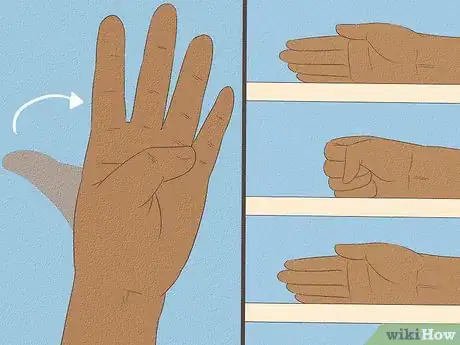
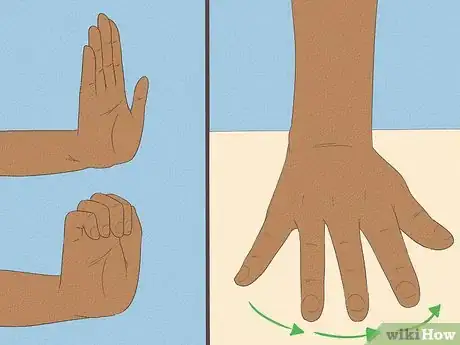
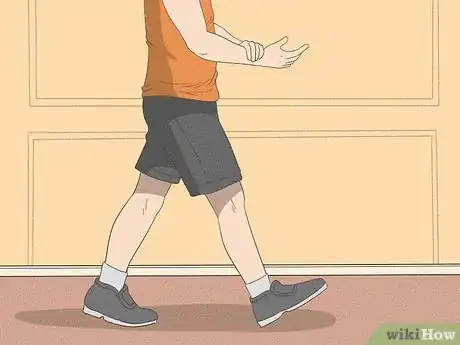
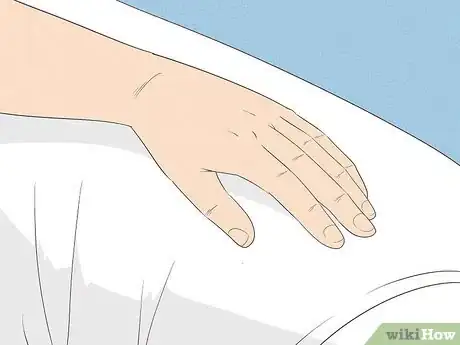
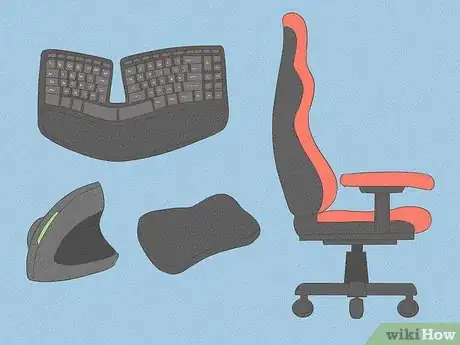

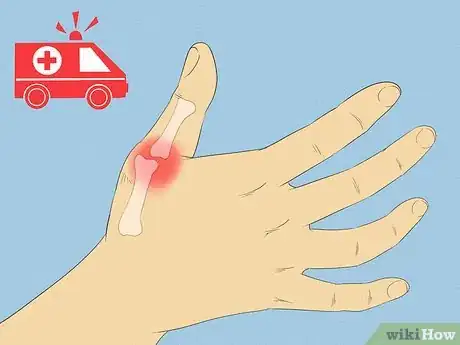
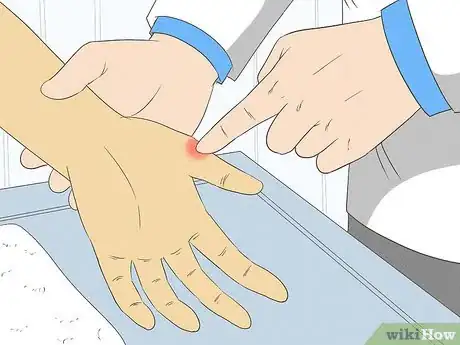

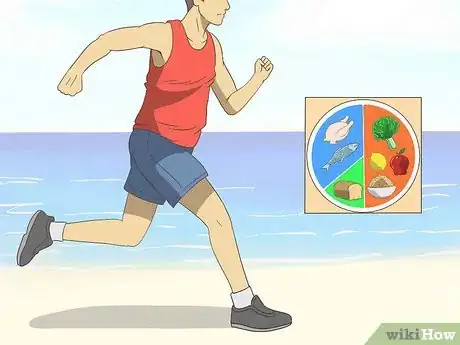
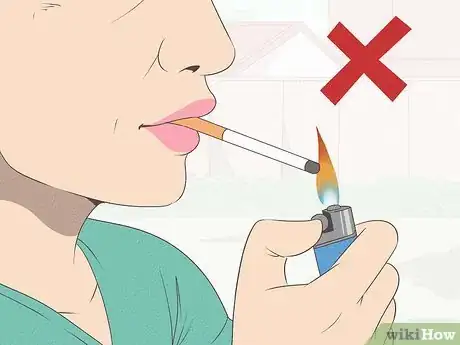

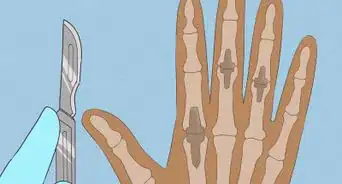

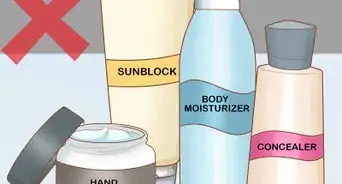

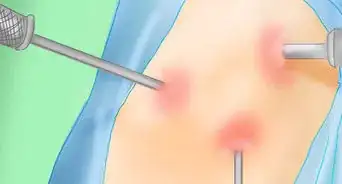
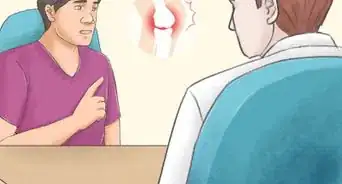

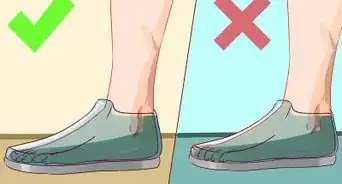


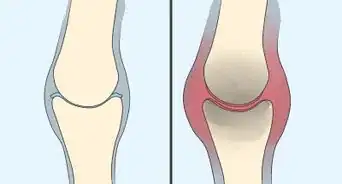
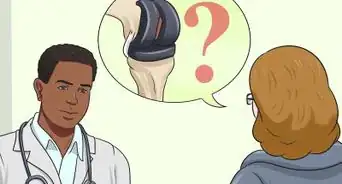








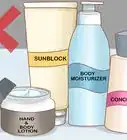




































Medical Disclaimer
The content of this article is not intended to be a substitute for professional medical advice, examination, diagnosis, or treatment. You should always contact your doctor or other qualified healthcare professional before starting, changing, or stopping any kind of health treatment.
Read More...